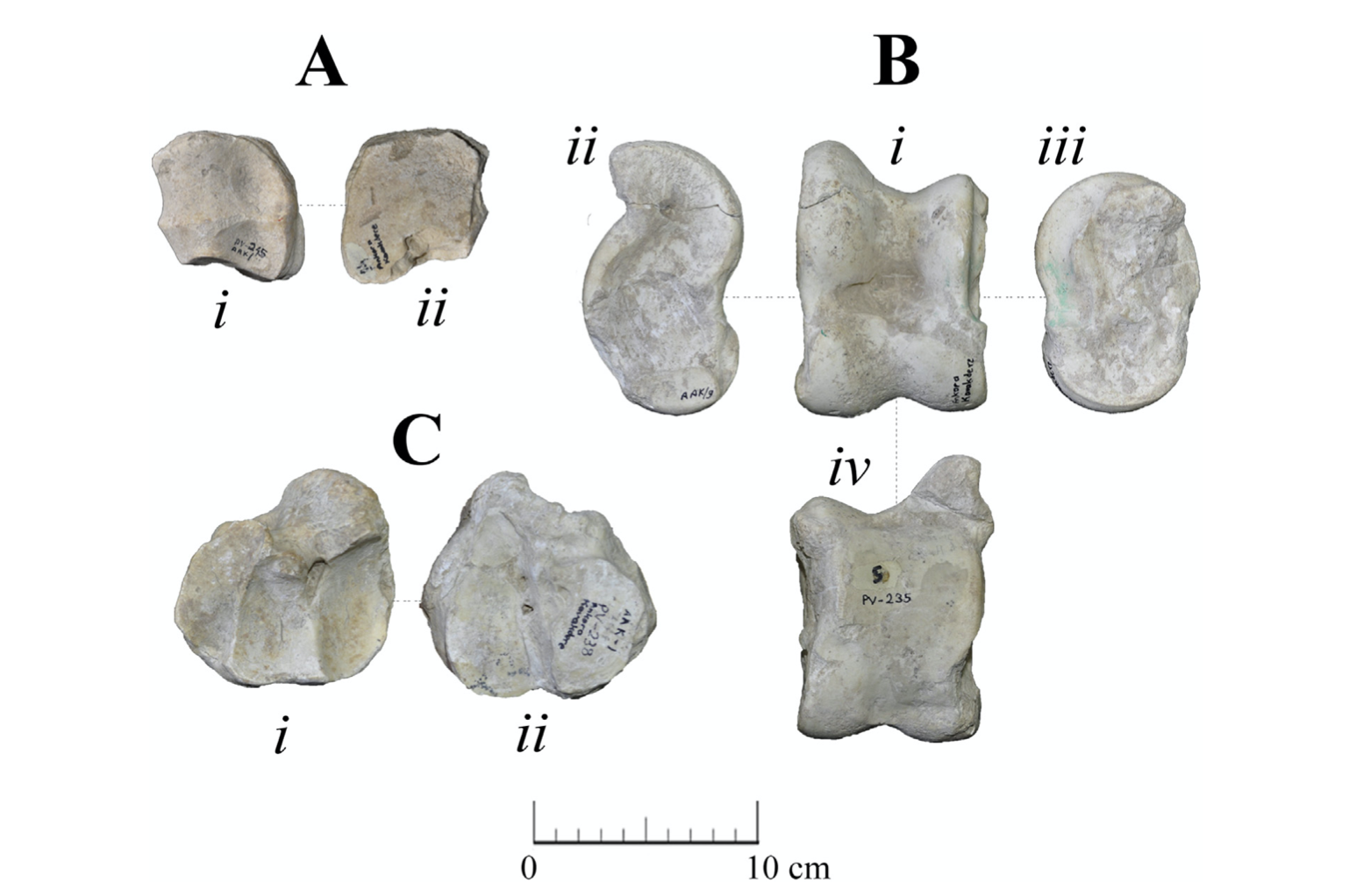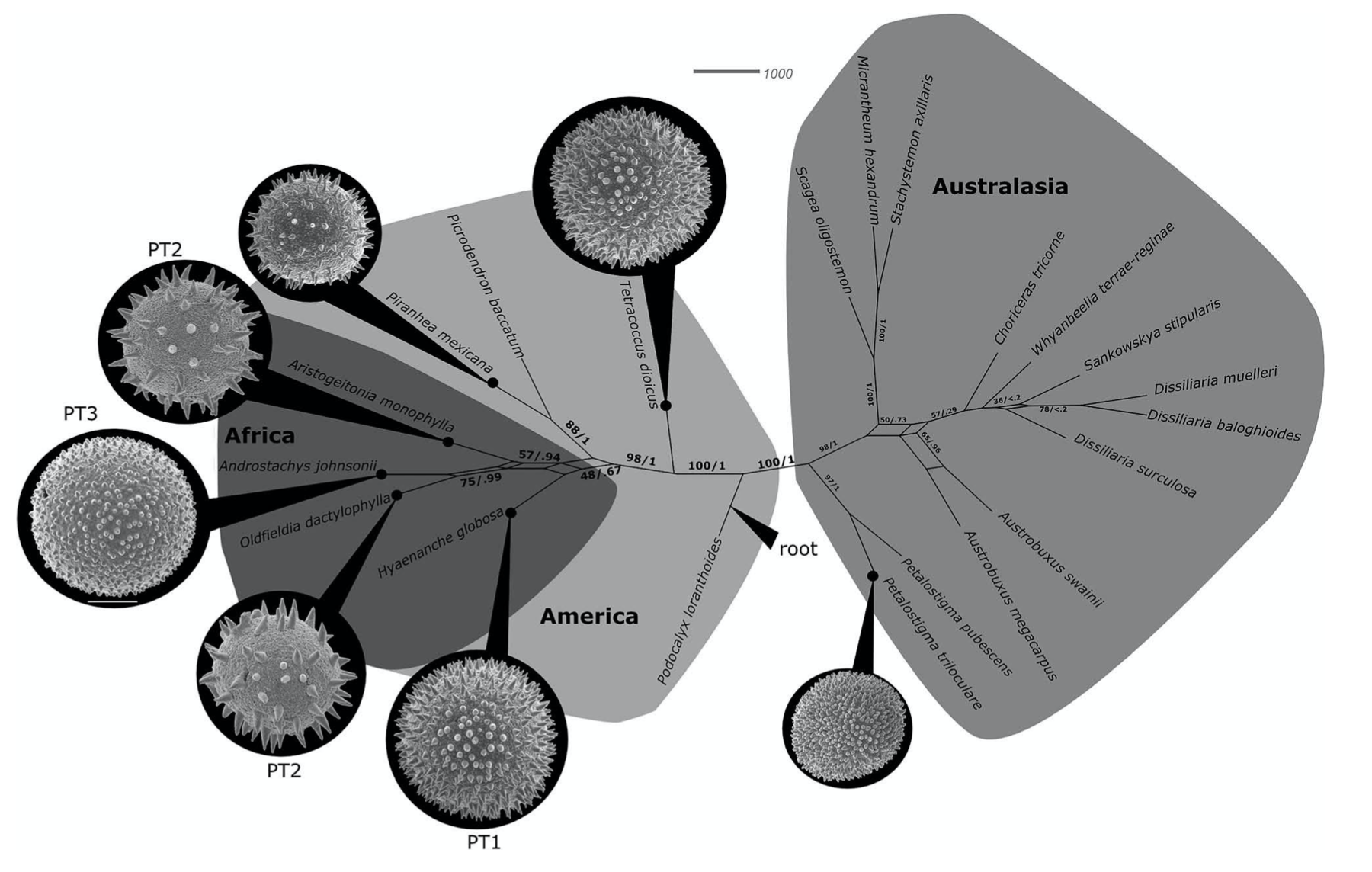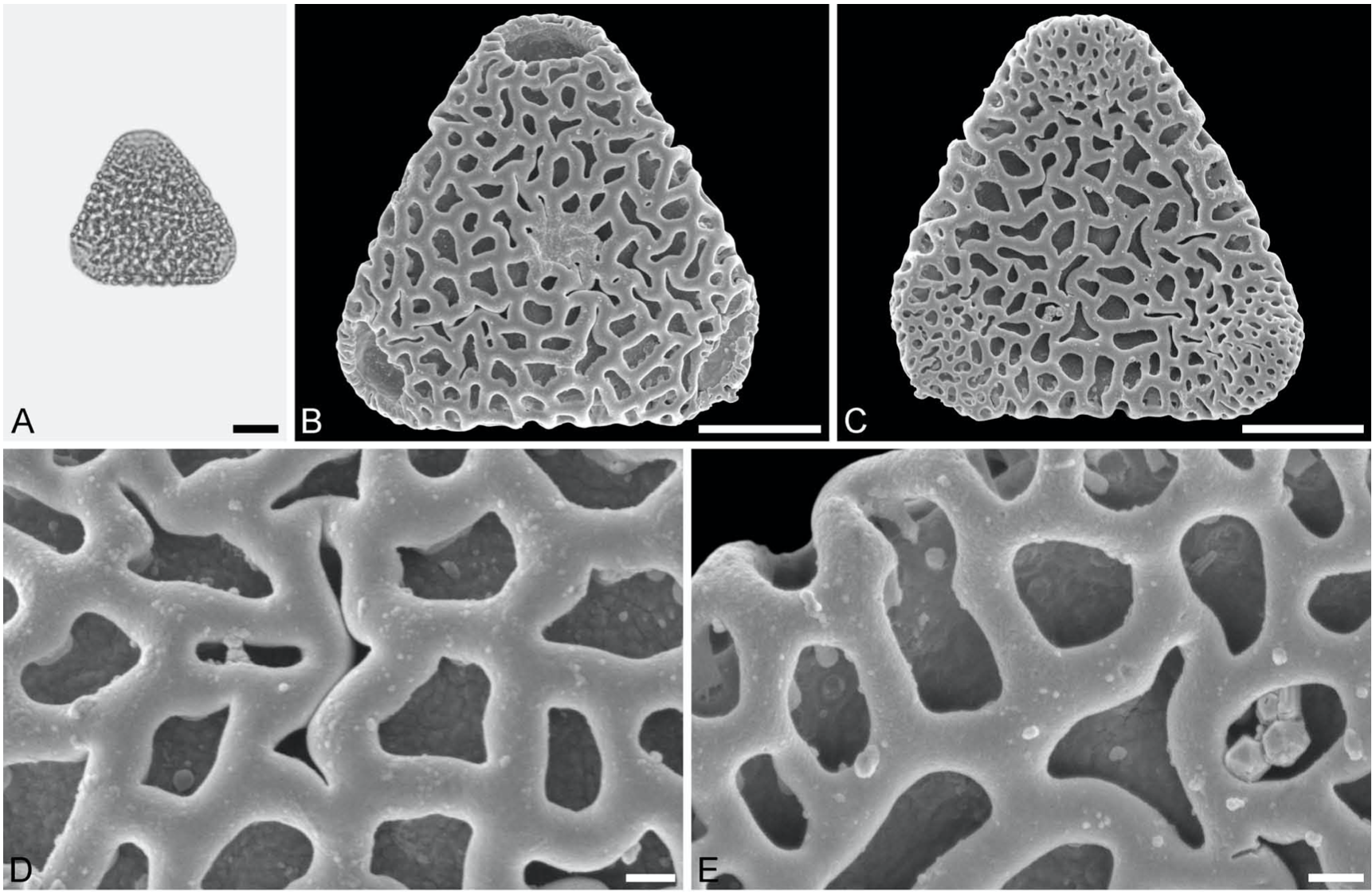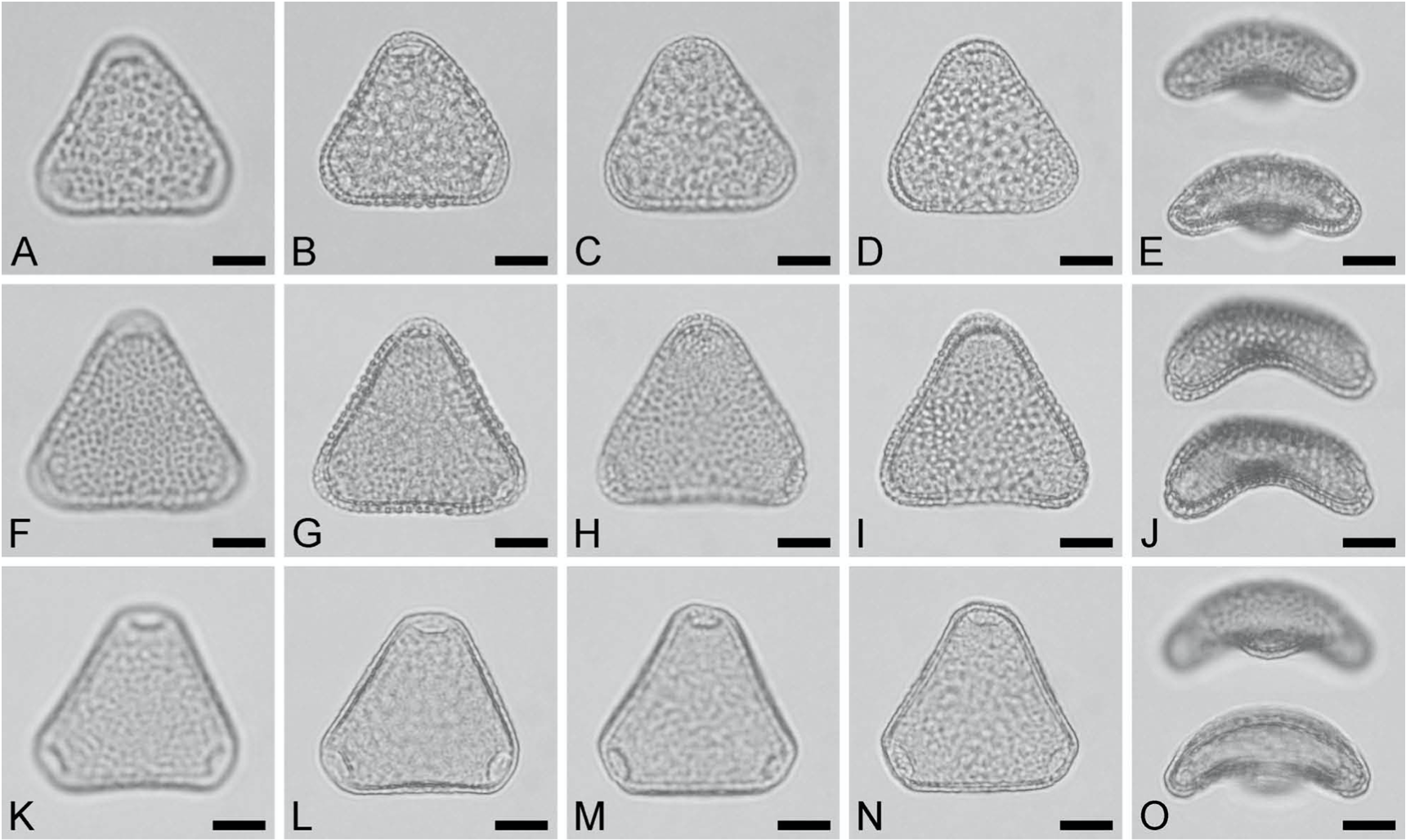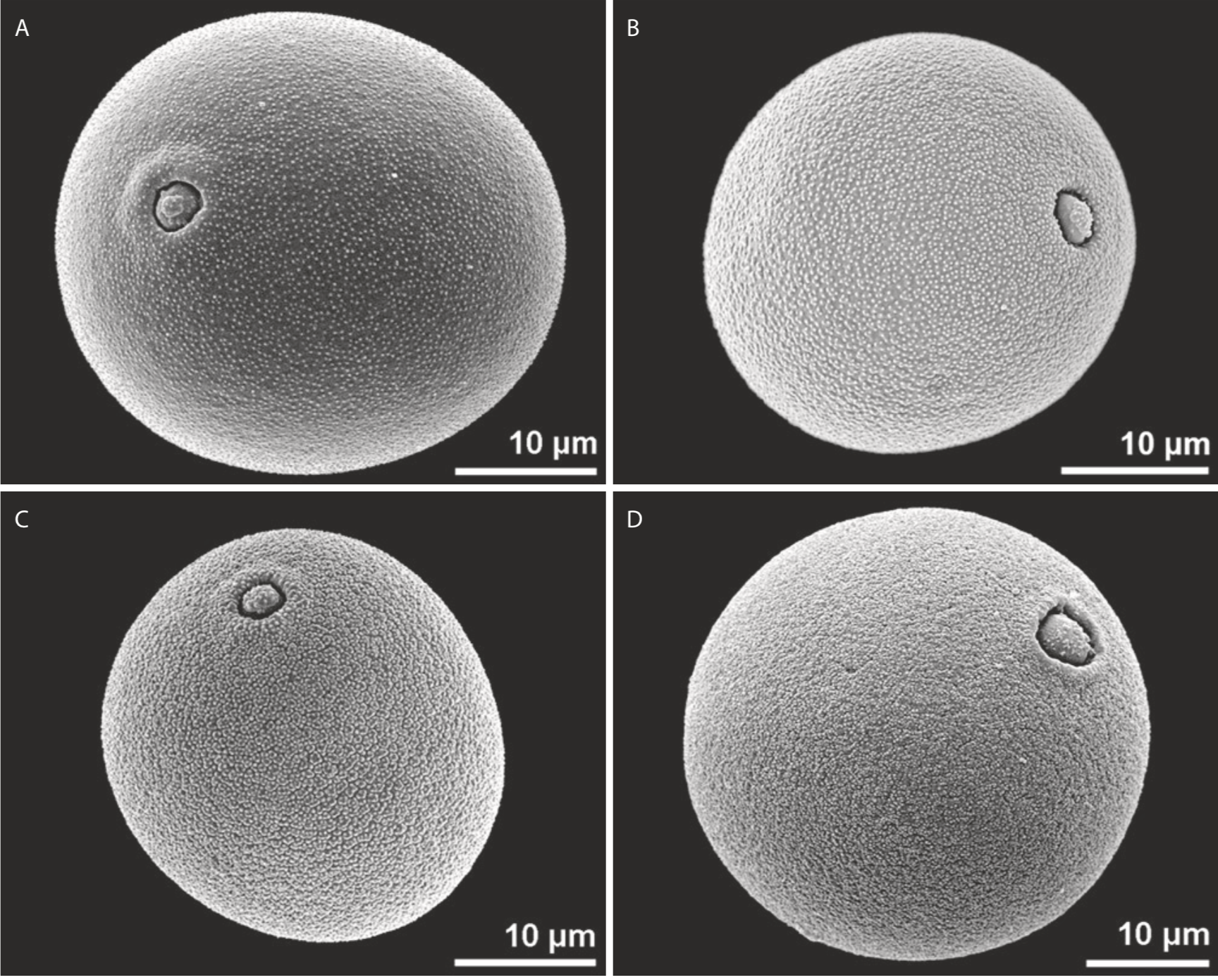Authors: Thomas Denk, Friðgeir Grímsson, Reinhard Zetter, Leifur A. Símonarson
Fossil plants recovered from the Late Miocene (Messinian) Hreðavatn-Stafholt Formation grew in a landscape dominated by lakes of different sizes that were connected by small rivers and swampland. Well-drained areas bordering these wetlands were covered by mixed broadleaved deciduous and conifer forests dominated by Pinaceae, Rosaceae, and Acer. Relict taxa occurred both in wetlands (aff. Calycanthaceae) and hardwood forests (Cyclocarya,Fagus, Tetracentron). The flora and vegetation of the 7–6 Ma formation witnessed a cool temperate climate and the fairly high diversity of trees and shrubs was largely caused by relict taxa that persisted into the late Late Miocene and in some cases until the Early Pliocene. Although quite few taxa are new records for the Miocene flora of Iceland, one species of Populus resembling a poplar from the Middle Miocene of Siberia and from the Oligocene of Alaska may have first arrived to Iceland between 8 and 7 Ma. A general trend of impoverishment as seen in the Icelandic floras is also seen in floras of Arctic North America and mid-latitude Europe.
